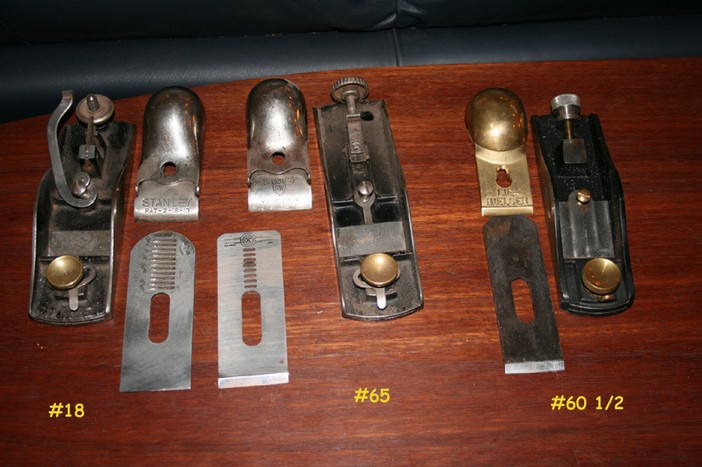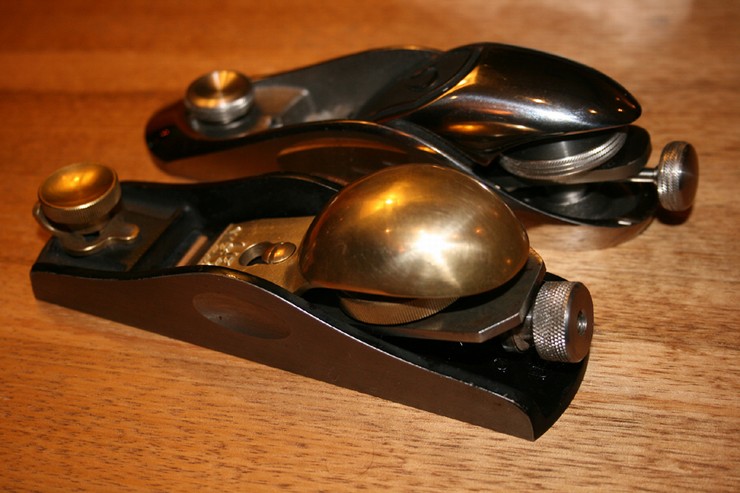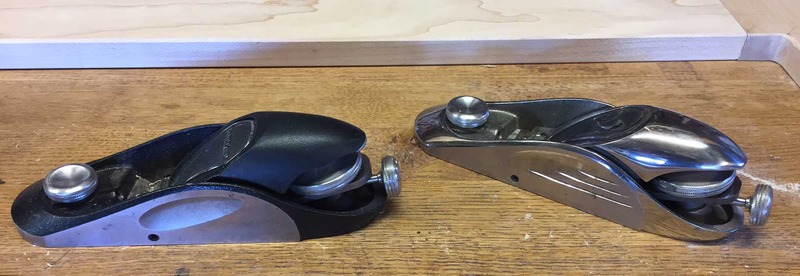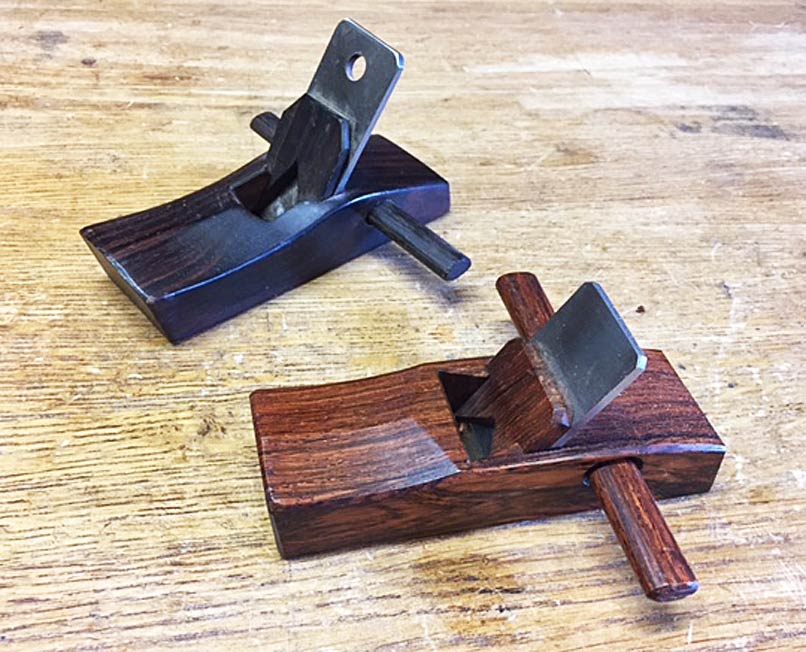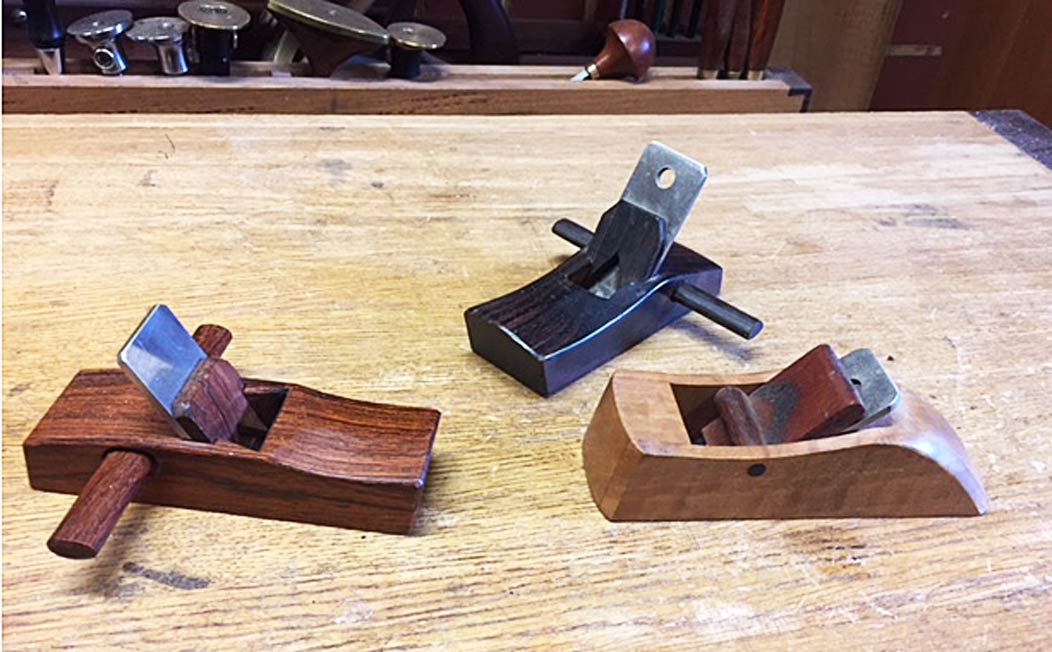Hello Everybody,
I just started working on an associate's degree in Mechanical Technology. I am taking CAD courses and machine tools courses, and the department is great about letting us work on small side projects. I would love to build a clone of the Lie-Nielsen 60 1/2 block plane. This plane is based on the old Stanley 60 1/2. I bought a broken Stanley for a few dollars so I could get an idea on dimensions and how the mechanics work. The problem is that I am not going to buy the L-N to see how that one goes together.
Does anybody have both planes? How do they compare in size and shape. What are the main differences in the mechanics? Is the spinwheel the only major difference? I would love to get the dimensions on the spinwheel and on the brass locking screw in the front. Asking for side by side pictures is probably too much, but I would appreciate any help that people can give me.
Block planes get used so much in wood working that I love the idea of making my own.
Thank you for any help that you can provide.




 Reply With Quote
Reply With Quote


